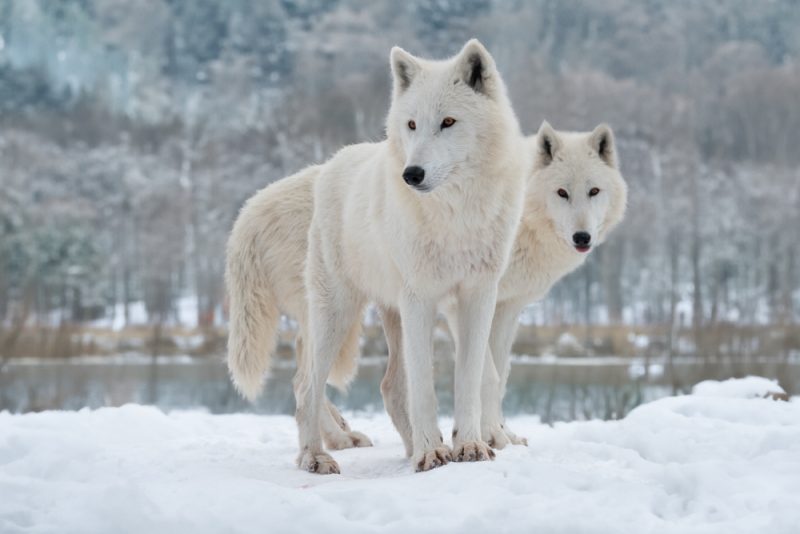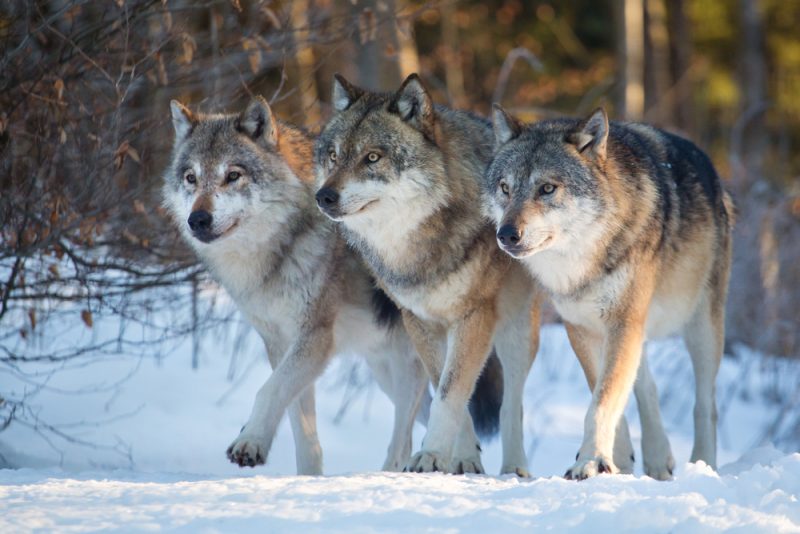De-Extinction: Bringing Back the Dire Wolf
For over three decades, the world has been fascinated by the idea of bringing back extinct species. Thanks to a team of scientists at Colossal Laboratories and Biosciences, the first and only de-extinction company, this concept may be one step closer to becoming a reality. They recently made headlines by announcing the successful birth of two dire wolf pups, Remus and Romulus, in October 2024, followed by a female pup named Khaleesi three months later.
The Colossal Movement
The company’s website is more like a sales pitch than a genetics lab, filled with buzzwords and hyperbole to attract investors. Colossal aims to “return the dire wolf to its rightful place in the ecosystem” after a 10,000-year absence, with the Woolly Mammoth next on their de-extinction list. However, one has to wonder about the virtue of reintroducing creatures whose demise was the result of natural selection.
The dire wolf, a genetically distinct species from modern canines, disappeared from the Earth around 10 to 16 thousand years ago. Its extinction has been attributed to its inability to compete with smaller, more agile canid species. Similarly, the Woolly Mammoth became extinct around 10 to 12 thousand years ago due to the shift in habitat and ecosystems at the end of the Pleistocene epoch.

What Is De-Extinction, and Why Is It Happening?
The animals created by Colossal are not actually dire wolves, but rather genetically modified gray wolves. Due to the lack of viable DNA found in fossilized remains, the company is manipulating the genes of the common gray wolf to create an analogue to the dire wolf. This raises questions about the classification and authenticity of these creatures.
However, the real value of Colossal’s work lies in its potential to increase genetic diversity within endangered species, giving them a better chance of survival. This is a more subtle, yet significant, application of de-extinction technology.
Why the Dire Wolf?
The dire wolf was chosen for its star power, thanks in part to its appearance in the popular Game of Thrones series. As a species, it is not too physiologically different from modern-day wolves, making it a more manageable choice for care and husbandry. The dire wolf serves as an ambassador for less “exciting” species, generating support for conservation research.


